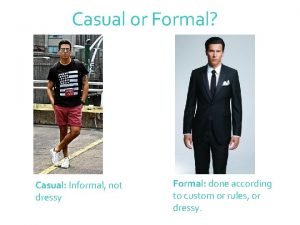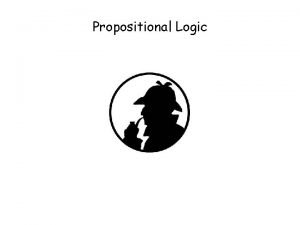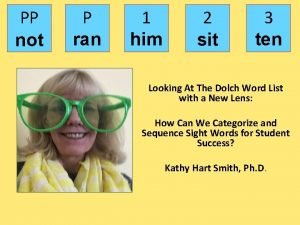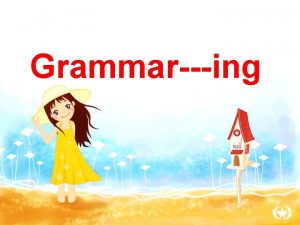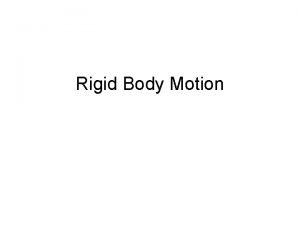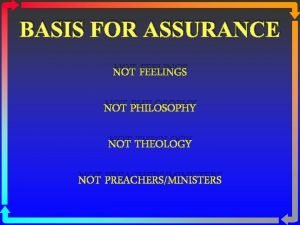Introduction to Game Physics 1 Game Physics Not












- Slides: 12

Introduction to Game Physics 1

Game Physics • Not trying to build a perfect physical model • Most things can be approximated assuming Newtonian physics and rigid bodies • Use discrete simulation (constant step) techniques 2

Why Physics The Human Experience • Real-world motions are physically-based • Physics can make simulated game worlds appear more natural • Makes sense to strive for physically-realistic motion for some types of games Emergent Behavior • Physics simulation can enable a richer gaming experience 3

Physics of Motion Terms Position • The vector indicating the location of a point relative to the coordinate system’s origin Velocity • The rate of change of the position of an object Acceleration • The rate at which the velocity of an object changes with time 4

Position and Velocity • Where is the object at time t (using pixels)? Computation position(t) += velocity * dt Where dt is the amount of time passed since the last Update (either calculated programmatically or via Game. Time) 5

Acceleration • Where is the objects rate of change (using pixels)? Computation velocity += acceleration * dt Where dt is the amount of time passed since the last Update (either calculated programmatically or via Game. Time) 6

Friction and Damping • With no acceleration, velocity will only change based upon user input • To slow objects down without acceleration * after updating position Computation velocity *= rate. Of. Decay Where 0. 0 < rate. Of. Decay < 1. 0 7

Clamping • Keeping a value within a specified range • Prevent the object(s) from traveling off-screen • Prevent the object(s) from moving too fast Computation float value = Math. Helper. Clamp ( value. To. Clamp, minimum. Value, maximum. Value); 8

Other Physics Issues • User control for jumping height • Input tracking • Sequence on keys/buttonscontroller’s current. State and previous. State • State driven • Jumping. State (velocity can continue to decrease) • Falling. State (velocity can only decrease) • Stuck on ground plane • Ground Plane (y > upper. Limit could trigger player Death) • Grounded state doesn’t apply gravity but can transition to falling/jumping 9

Simple 2 D Physics By Example • Demonstration 10


References • Maxim, Bruce R. Computer Game Physics 12
 Sadlier vocabulary workshop level d unit 1
Sadlier vocabulary workshop level d unit 1 Modern physics vs classical physics
Modern physics vs classical physics University physics with modern physics fifteenth edition
University physics with modern physics fifteenth edition Ib physics ia sample
Ib physics ia sample If you are not confused you're not paying attention
If you are not confused you're not paying attention Informal-casual
Informal-casual Attention is not not explanation
Attention is not not explanation Not too narrow not too deep
Not too narrow not too deep If not p then q
If not p then q Just about right scale
Just about right scale Love is not all analysis
Love is not all analysis Eyes that see not ears that hear not
Eyes that see not ears that hear not Pp sit
Pp sit





